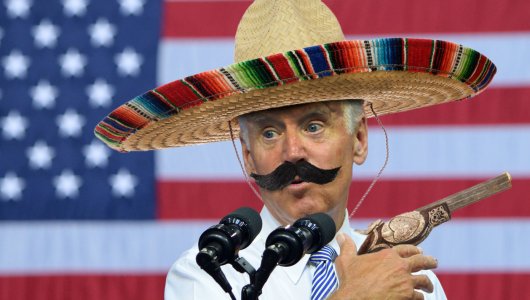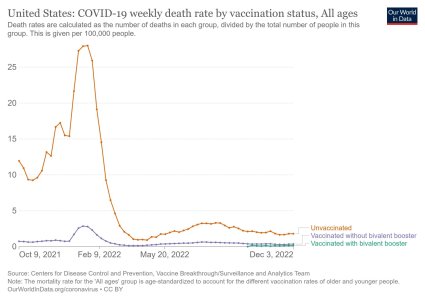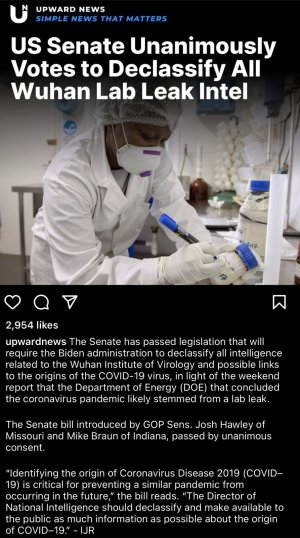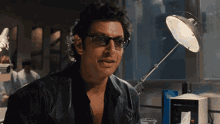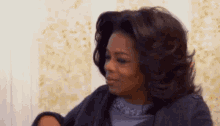- 44,809
- 66,515
- Joined
- Mar 24, 2001

Senior Biden officials finding that Covid lab leak theory as credible as natural origins explanation
Senior Biden administration officials overseeing an intelligence review into the origins of the coronavirus now believe the theory that the virus accidentally escaped from a lab in Wuhan is at least as credible as the possibility that it emerged naturally in the wild -- a dramatic shift from a...











